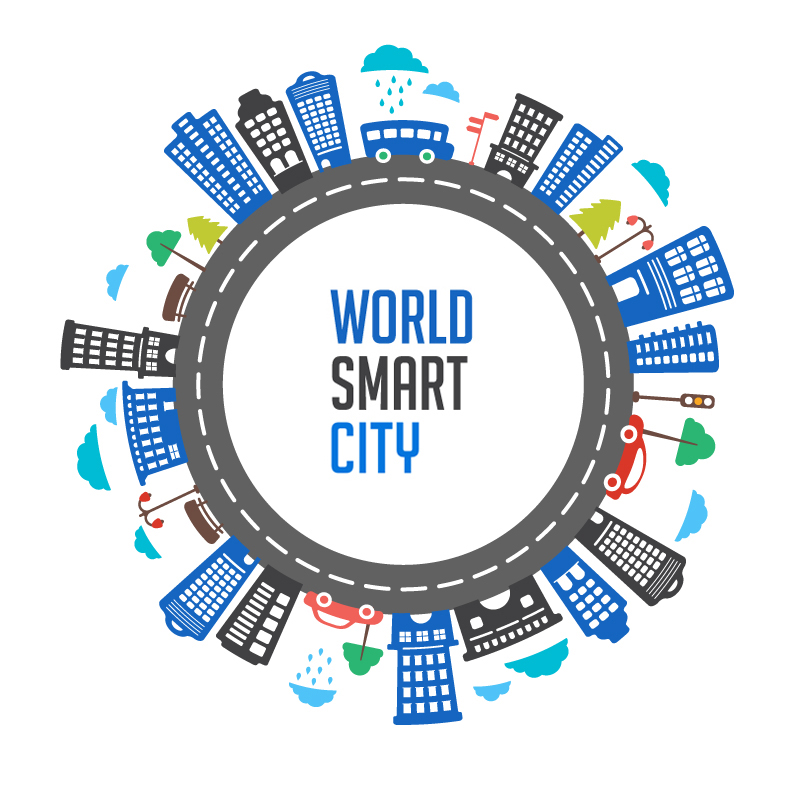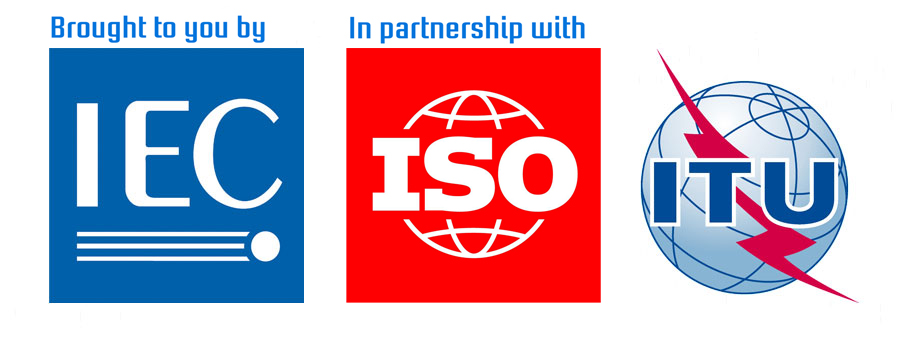Inter-American Development Bank launches smart city guide
15th August 2016
The Inter-American Development Bank (IDB) has released a guide on the best practices for managing smart cities, targeting developed and developing countries on a path to achieving the sustainable development goals (SDGs).
In the guide published on 12 July, IDB defines a smart city as a city that “places people at the centre of development, incorporates Information and Communication Technologies [ICT] into urban management, and uses these elements as tools to stimulate the design of an effective government that includes collaborative planning and citizen participation”.
Mauricio Bouskela, an IDB smart city specialist and co-author of the guide, told Cities Today the decision to provide urban leaders with a comprehensive roadmap to managing smart cities started with questions posed to the bank by those seeking to develop sustainable urban habitats in Latin America. Bouskela said the message the IDB’s guide sends to developing countries worldwide is that urban leaders must change their approach to planning, management and security if smart cities are to grow.
“It’s very important for developing countries to understand that today [they] cannot manage a city the same way [they] managed before. You need to really leverage technology, people and profits to provide better services for your people,” Bouskela said.
Entitled The Road toward Smart Cities, the guide takes as a starting block several findings from the United Nations (UN) that identify the current global urban population as 54 percent of the world’s total, combined with the digital revolution shaping billions of lives.
Accordingly, Latin America and the Caribbean rank as the world’s second largest urban population after North America, with more than 80 percent of the regions’ people currently based in cities. The guide adds that 64 percent of people in developing countries are expected to live in urban areas by 2050.
Bouskela said the guide is not a one-size-fits-all manual. It places the emphasis on local challenges for developing countries, such as security, rather than energy efficiency goals more common among richer nations.
The guide recommends introducing surveillance cameras to monitor instances of homicide in Latin America where, Bouskela said, the rate of killings measures well above the global average, topping 25 people for every 100,000 each year.
“There are several differences between the cities within Latin America as well, but the guide creates a way for people to understand the possibilities, and then each city can apply what makes sense for them according to their priorities,” he said.
For more insights visit www.cities-today.com and join the conversation on Twitter: @cities_today.


